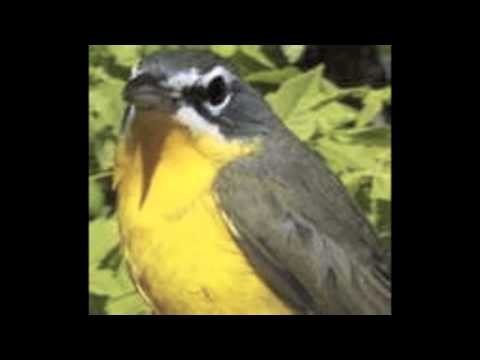Durand’s poem became popular with speakers of Haitian Kreyol, (a fusion of French and African languages) and ten years later, it attracted the attention of New Orleans born musician, Michel Mauleart Monton (1855-1898) who set the poem to music.
Monton would have been familiar with the poem because he grew up in Haiti where he was raised by an older half sister.
Monton’s original tune was to be played as a slow Meringue. Meringue (French spelling), a type of music and dance, had its origins in Haiti.
The Haitian genre of Meringue was established a century earlier than the Dominican Republic’s, though it is the latter’s which have been given more recognition over the years.
The failure to recognize the Haitian contribution goes back to the time when Haiti became the first independent African-Caribbean nation in 1804. Fear of a similar revolution occurring in the Spanish speaking part of the island led the Spanish ruling elite to reject and suppress African culture within their sphere of influence.
But although both countries have African roots, there was, and still is a tendency to ignore or downplay African influence in the Dominican Republic.
This is because of anti-Haitian sentiment and because of a national identity that believes and promotes that their European/ Hispanic mix, makes them superior.
This same down playing, or failure to give credit where it is due, happened again in the late 1950s when American composer Norman Luboff adapted the melody to new lyrics written by husband and wife team, Marilyn and Keith Bergman.
However, the lyrics which came to be known as “Yellow Bird” retained the original melody by Michael Mauleart Monton.
In gangster movies of the 1930s the idiomatic expression “Singing like a Canary” was often used when someone revealed all they knew or implicated others in a crime.
Now, that the yellow bird has sung, the truth behind the origins of that popular tune has revealed Haiti’s cultural legacy to the world.
© Scherin Barlow Massay





